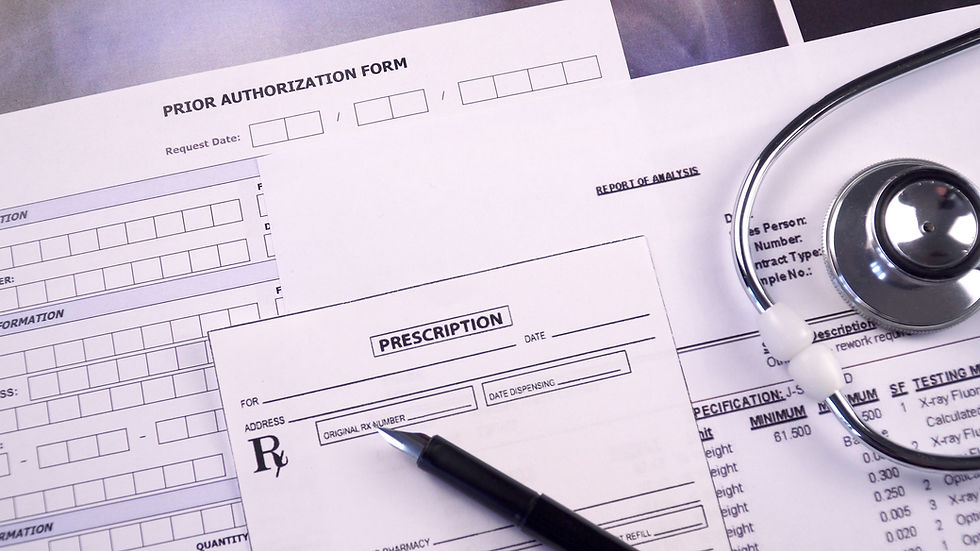Understanding Data Migration
- Practice Solutions
- Jul 6, 2017
- 3 min read

So you have decided to switch billing services and they use a different EHR than the one you have been utilizing. You have made a plan, or perhaps your new biller will handle the switch. What is involved in migrating your practice data from one service to another? Understanding a data migration is not like seeing your food made. Most people would rather not see their food made, and you don't have to! Data migration, however, is a critically important part of moving to a new billing service, and therefore important to understand in it's detail.
Here is how it works!
Notify the current billing service When migrating data, it is a good idea to give your current billing service enough time to compile all of your patient’s information. Depending on the software they use and how many clients they have, it could take a while to get your information. Generally, you should give your current billing service 10-15 days to get you your patient information. This is plenty of time to get you a data file that you can send to your new service. For more detailed steps on terminating services with your current billing service, read "3 Tips to Help you Terminate your Bad Billing Services."
Obtaining patient information Billing Services will typically send two data files. One with the patient demographic information and one with the insurance information, financial information, and diagnosis codes. This helps to keep your information secure. Once you have the information, you are ready to begin the data entry process. Your EHR should offer a range of options for data entry. Some will change a fee to enter the data and some will do it for free. If your EHR company does it for free, have them do it and save you some time. Another things to consider or ask the company doing the data migration, is if there is any way to get old progress notes into the new EHR. This is a luxury feature and not all migrations will include moving your notes, but it's never a bad idea to ask!
Setting up payers After your patient data is entered into the system, now it is time to set up the payers in your EHR. Here is where you should have some other options as well. Sometimes the EHR will do them automatically and some will have you fill out mountains of paperwork. The purpose of the mountain of paperwork is to make sure that you are submitting claims out of your new software and that you are getting your Electronic Remittance Advice (ERA). This process is where the lion share of the time comes into play. This process can take anywhere from 2 to 6 weeks.
Data entry After you get your payers set up in the system, now it is time to assign clients to payers and do some other data entry tasks. This is step can also be viewed as a quality check for the information that you previously entered. This is also a good time to enter all your A/R aging. Unless you want to keep two EHR's until you close out all the open transactions, you will want a list of all the account balances from the last month as well as the aging that shows all the open transactions that were left at month end. This will ensure that you don't miss any payments that were from previous sessions.
Training Once you have patients entered, payers entered, and insurance assigned to the patients, now it is time to train. If you or your staff are new to a software or a new way of billing, it is going to be critical to properly educate them on how to use the new system. It is a good idea to create a documented manual that has plenty of pictures. This will help direct you and your staff in the proper use of the new system. This will also help to alleviate any misdirection and mistakes.
Overall, a data migration can be a simple and smooth process if handled well. If handled well, you will not have an interruption in cash flow and you will be able to continue treatment as usual. There are companies that exist that will handle data migrations for you, or if you are switching to a new medical billing service, they may be able to assist in the process.


















































Choosing Escorts Gurgaon for my evening out was one of the best decisions ever. These girls redefine sensual companionship — classy yet passionate, gentle yet playful. They know how to make you feel desired and comfortable at the same time. Truly an experience worth repeating, and I can’t wait to book again soon.